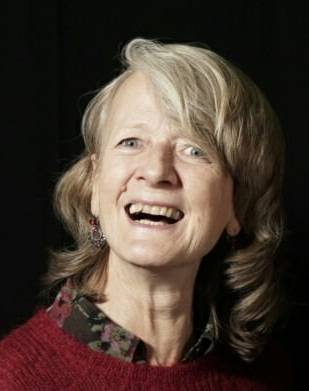Cited By
View all- Cowie R(2023)Computational research and the case for taking humor seriouslyHUMOR10.1515/humor-2023-002136:2(207-223)Online publication date: 17-Mar-2023
- Maraev VMazzocconi CHowes CPelachaud C(2023)Towards investigating gaze and laughter coordination in socially interactive agentsProceedings of the 11th International Conference on Human-Agent Interaction10.1145/3623809.3623968(473-475)Online publication date: 4-Dec-2023
- Oralbayeva NAly ASandygulova ABelpaeme T(2023)Data-driven Communicative Behaviour Generation: A SurveyACM Transactions on Human-Robot Interaction10.1145/360923513:1(1-39)Online publication date: 16-Aug-2023
- Show More Cited By


